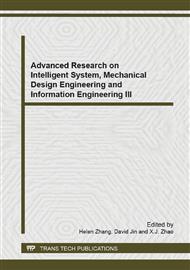p.239
p.245
p.249
p.253
p.257
p.261
p.265
p.269
p.274
The Numerical Simulation of behind Armor Debris by Shaped Charge Jet Penetration
Abstract:
In order to study the aftereffect of the target plate penetrated by shaped charge jet , with the help of nonlinear dynamics solver AUTODYN, the SPH algorithm was adopted to simulate the whole process of jet penetrating the armor plate with different thickness under the condition of vertical. Results show that while the jet head perforating the plate, the behind armor debris (DAB) cloud will be formed, and the axis of symmetry of the "ellipsoid" is the jet direction. However, with the increase of target plate thickness, the behind armor debris number reduced, largest fragment emission angle also reduced.
Info:
Periodical:
Pages:
257-260
Citation:
Online since:
May 2014
Authors:
Keywords:
Price:
Сopyright:
© 2014 Trans Tech Publications Ltd. All Rights Reserved
Share:
Citation:


